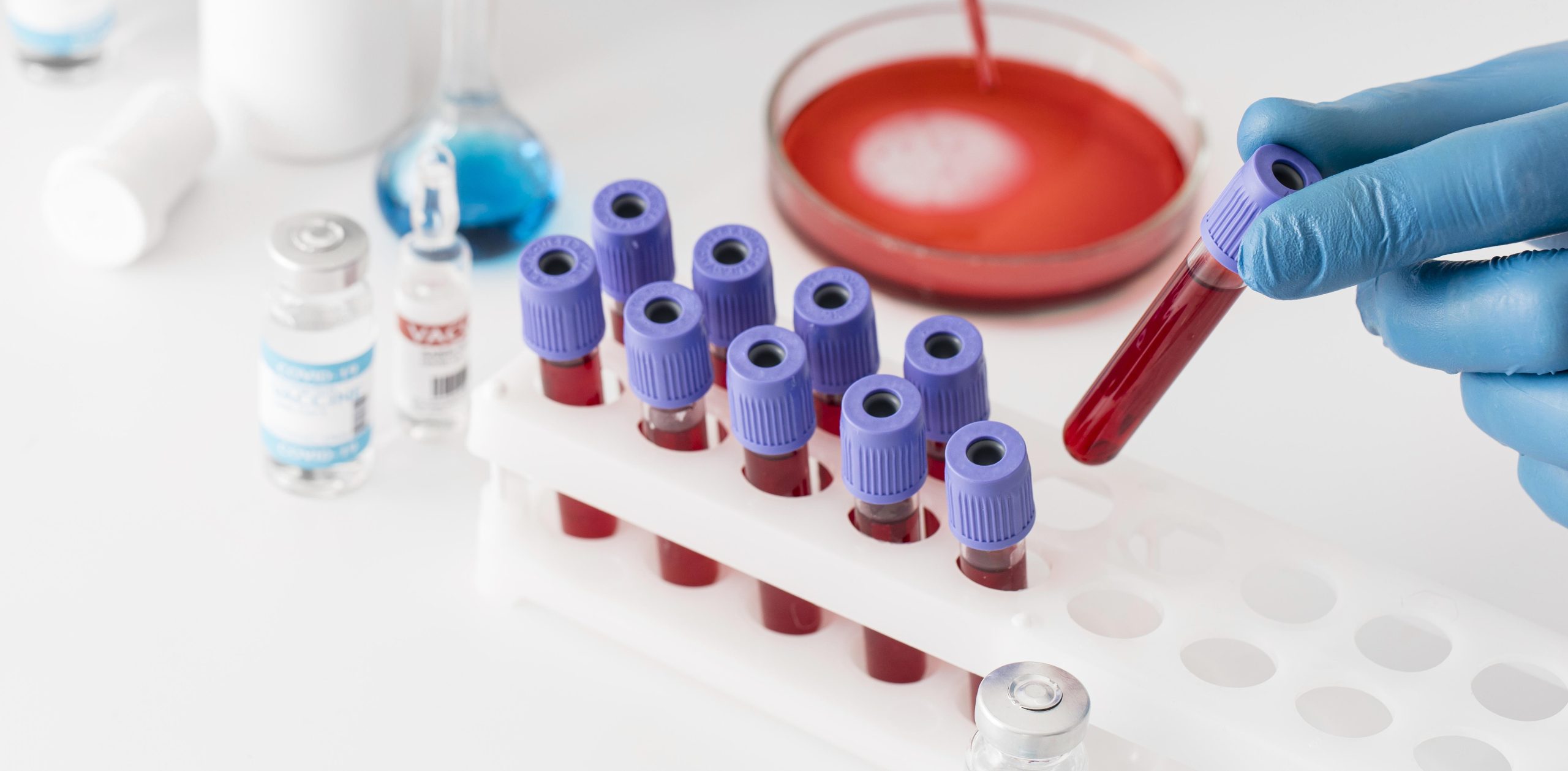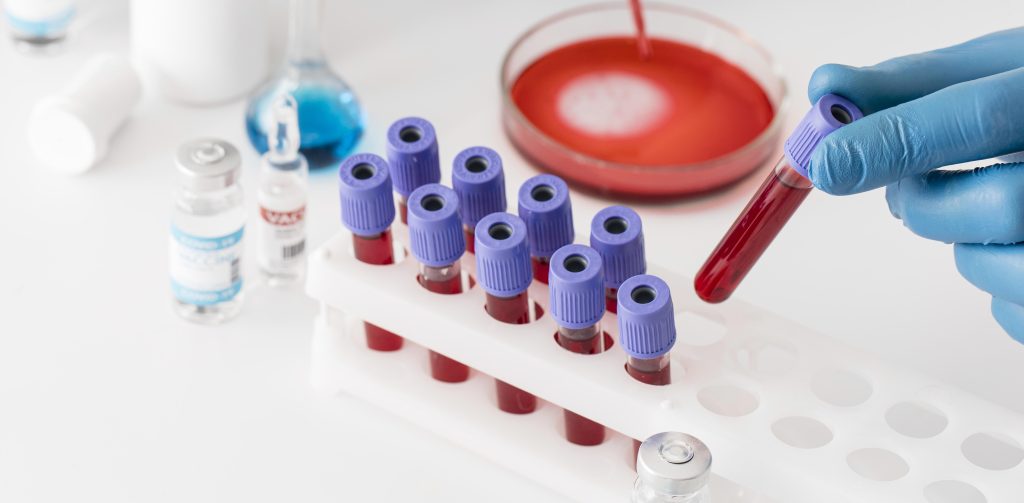Grouped as perhaps the most reliable health assurance that caters to the family in a long-term, cell banking also ensures that stem cells are kept ready for the tenure to be used at later moments of medical need and care. Today, regenerative medicine has found that these stem cells become very pivotal in curing a myriad of conditions, from blood disorders to yet-coming therapies for tissue repair and immunity-related diseases. With increasing popularity, this service has topped the list of the most revered stem cell-banking choices in India, positing that companies should match or better set the features against higher standards, better technology, and very stern safety.
Selecting a right stem cell bank requires understanding the level of quality or service that sets it apart. Storing cells is one thing, but long-term preservation, ethical collection, transparency in operations, and cutting-edge scientific support are really quintessential. Further, the foremost genuine stem cell banks in the country invest heavily in research-proven methodologies, automation in cell processing, and top cryopreservation techniques to keep cell viability over decades. Forward planning ensures that families can securely bank on their accumulated stem cells when they are indeed needed.
The other great advantage of a well-respected stem cell bank is that both umbilical cord blood and cord tissue can now be stored. Cord blood with hematopoietic stem cells is being used to treat over 80 known diseases, while cord tissue is rich in mesenchymal stem cells, capable messers to bring the desired treatments for regenerative therapy. By coexisting in their dual preservation units, families get significantly increased therapeutic options as well as a better probability for advancing the course of stem cells towards more New approaches in treatment.
One more feature in India’s premier stem cell banking is the implementation of a very well-set quality control route. These notable banks shall generally aspire to maintain an internationally accepted minimum standard like AABB, FDA-aligned processes, and other ISO certifications. In this way, the safety of stakeholders is guaranteed from the collection of stem cells to their process, and so the long-term storage of these cells to the satisfaction of the industry anywhere on Earth. Automation-this being the hallmark of good banks-closed processing systems take care of contamination risks and ensure proper separation of valuable stem cells from other components.
The security of storage facilities is a major concern for the parents. The major banks monitor their cryogenic systems around the clock with advanced technologies implemented at least on a dual-layer backup mode, which further downs the trigger of actual or artificial losses. Several establishments also have back-up power supplies, nitrogen-level alarms, and remote monitors to keep the stem cells safe in even rare instances of unexpected devastation. Thus, families across the country have at least one reason to choose experienced and established banks over newer or local ones.
Customer support and transparency contribute to the fact that the trust must be built well. Leading stem cell banks have clear documentation systems, easy ways of tracking, detailed updates concerning processing, and the availability of unique family and donor counselors. All they need is to ensure best guidance is never overlooked; parents should intuit every step of storage, from collection in the delivery room to preservation in the lab. These unique rules essentially add to enhancing the already excellent overall experience.
Affordable and flexible payment options have become key needs. Once stem cell banking was considered expensive, but now premium providers allow for the splitting of the payment into installments, long-term storage packages, and other forms of arrangement suited to various budgets. This has made the best of stem cells more available to middle-class families trying to be well-prepared for future health.
This narrows the gap when many lower-middle-class families are looking forward to it, and high expectations are maintained in the sphere of research. Representatives of the top banks are always seated at the same table with hospitals, biotech companies, and international research institutions to understand where stem cells might be part of a cure in medicine. Advancing regenerative alternative medicinal applications also does something to bring light to the value of stored cells and keep families in a frame of future possibilities. Through its commitment to research and innovation, the banks ascend with ideas on how the cells can make it big for an extremely sophisticated therapy in the future.
Another yardstick banks are held against is their experience coupled with the success of cabable, treated patients with their cells. Banks that do boast concrete recorded instances of stem cells released properly into the system are a sure take on quality. Ideally, these romantic companies emerge with real-life success stories, transparent release protocols mechanisms, and global transplant networks around them. That signals more of professionalism and scientific integrity.
The transparent policies created by storage also mean a great deal to parents. A really good bank will offer the most fragrant and ardent statements on the long-term preservation, with a well-formulated agreement being arrived at backed by appropriate legal documents, accompanying renewal reminders, and reports on the cellular viability of samples. All this also enhances their credibility, displaying ethical moderation, including privacy and proper safeguards for data handling.
In essence, the best stem cell banking in India remains to be an outcome of stringent medical excellence, advanced technologies, strong storage infrastructure, consistent operational standards, and user-friendly family support. With every passing day the awareness of stem cell banking continues to rise with the generation of parents and becomes one of the soundest investments in long-term health assurance through pegs of modern science. This constant evolution takes a significant stride that bids families an opportunity to preserve and ensure the biological future of their child with confidence and trust.





